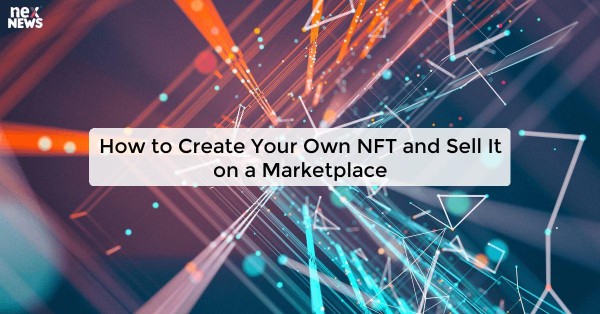What is an NFT?
NFT, or non-fungible token, represents a unique digital asset that is stored on a blockchain. Unlike cryptocurrencies such as Bitcoin or Ethereum, which are interchangeable, NFTs are one-of-a-kind and cannot be replicated. This uniqueness is achieved through the use of smart contracts, which provide proof of authenticity and ownership of the digital content.
One of the key characteristics of NFTs is their ability to tokenize digital art, music, videos, and even tweets, allowing creators to sell their work as a digital collectible. Each NFT contains metadata that verifies its authenticity and ownership, making it a valuable asset in the digital realm. As NFTs gain popularity in the art world and beyond, understanding how they work and the potential they hold is essential for creators and collectors alike.
Understanding Blockchain Technology
Blockchain technology is a decentralized and distributed ledger that records transactions across a network of computers. Each transaction is added to a "block" and linked to the previous transactions, forming a chronological chain of blocks. This secure and transparent system eliminates the need for intermediaries like banks or payment processors, as consensus mechanisms ensure the validity of transactions.
One of the key features of blockchain technology is its immutability, meaning that once a transaction is recorded, it cannot be altered retroactively. This feature enhances security and trust among users, as each participant can verify the authenticity and integrity of the information stored on the blockchain. Additionally, blockchain technology enables the transfer of assets digitally without the need for a centralized authority, offering endless possibilities for various industries beyond finance.
Choosing the Right Platform to Create NFTs
When it comes to choosing the right platform to create NFTs, one of the most crucial factors to consider is the level of security the platform offers. Ensuring that your digital assets are protected from fraud and unauthorized use is paramount in the world of non-fungible tokens.
Furthermore, it is essential to look into the platform's user interface and usability. Opting for a platform that is intuitive and easy to navigate can save you time and effort in the creation and minting process. A user-friendly platform can also enhance your overall experience and make the journey of creating NFTs more enjoyable and efficient.
Creating Your Digital Artwork
When creating your digital artwork for NFT (non-fungible token) creation, it's essential to focus on producing high-quality and unique pieces. Your artwork should be original and resonate with your personal style to attract potential buyers in the NFT marketplace. Consider experimenting with various digital tools and techniques to bring your creative vision to life in a way that sets your work apart.
In addition to the visual aspects, pay attention to the metadata associated with your digital artwork. Include detailed descriptions, relevant tags, and any additional information that adds value and context to your NFT. This metadata not only helps potential buyers understand the story behind your artwork but also enhances its discoverability in the increasingly competitive NFT space.
Minting Your NFT
Before your digital artwork can officially become an NFT, you need to undergo the process of minting. This involves creating a unique token that represents your piece on the blockchain. Prior to minting, it is crucial to select a reliable platform that aligns with your needs and preferences. Ensure that the platform offers secure transactions and has a good reputation in the NFT community.
Once you have chosen the right platform, the next step is to upload your digital artwork. This file will be converted into a non-fungible token, complete with a unique code that verifies its authenticity and ownership. When minting your NFT, it’s essential to provide all necessary metadata such as title, description, and any other relevant information that enhances the value and significance of your artwork.
